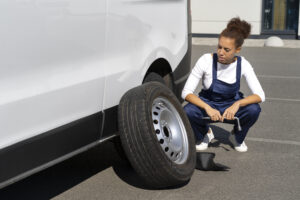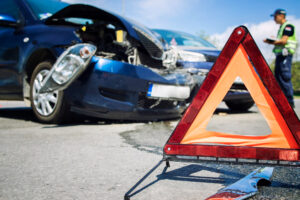A car which has been involved in a high impact collision usually resembles a crumpled up piece of paper, making you wonder if you wouldn’t have been safer in a car that had remained more rigid.
Imagine jumping from a significant height and keeping your legs straight when landing? That wouldn’t be very comfortable as there would be nothing to absorb the shock. If however, you attempted the same jump and landed with your knees slightly bent you’d most likely experience a slightly softer landing.
The difference between the two jumps would be the bent knees which help absorb impact upon landing.

The same principle applies when you have a car accident. Of course, stepping out of a vehicle that looks much like a crumpled piece of tissue is sure to make you wonder just how safe you are. Most of us would feel more secure if we believed we had the protection of a rigid, unyielding tank. But, in fact, the opposite is true.
Why Manufacturers Develop Crumple Zones
According to Richard Green, National Director of SAMBRA (South African Motor Body Repairers Association) an association of the Retail Motor Industry Organisation (RMI), most car manufacturers develop crumple zones on automobiles because they help absorb the shock of an impact.
Crumple zones also help absorb the force of the impact within the crumple zone, rather than being transferred to the safety cell which envelopes the occupants of the car.
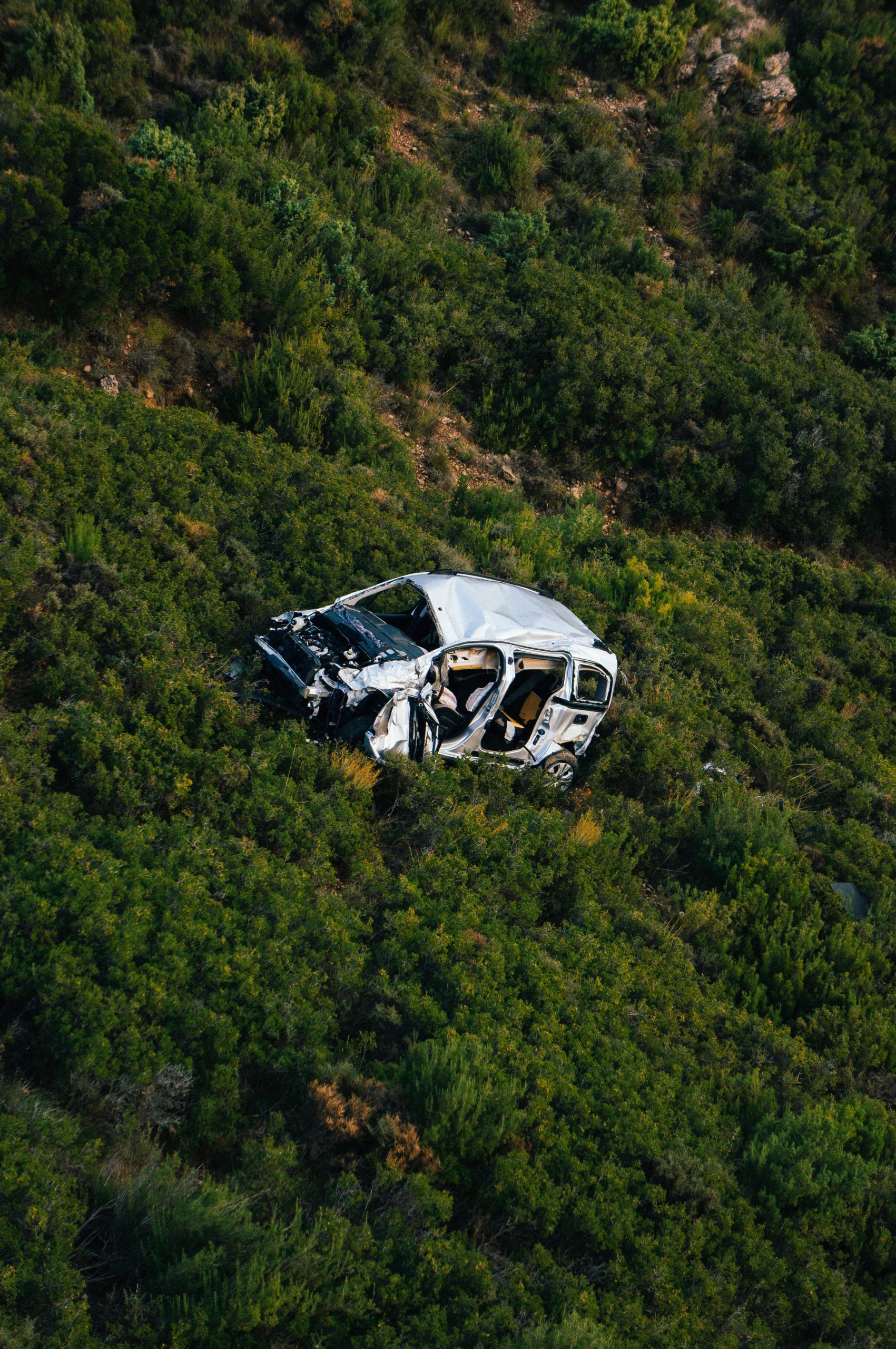
This is a delicate balancing act as Green points out. “On the one hand, a car’s frame has to be strong enough to resist a certain amount of force, but too much resistance may lead to injury for the car’s inhabitants. Getting this balance right means considering the size and weight of the vehicle.
You also need to think about the force that may arise if a car collides with a moving object as opposed to a stationary one. All of these dynamics must be taken into account,” Green explains.
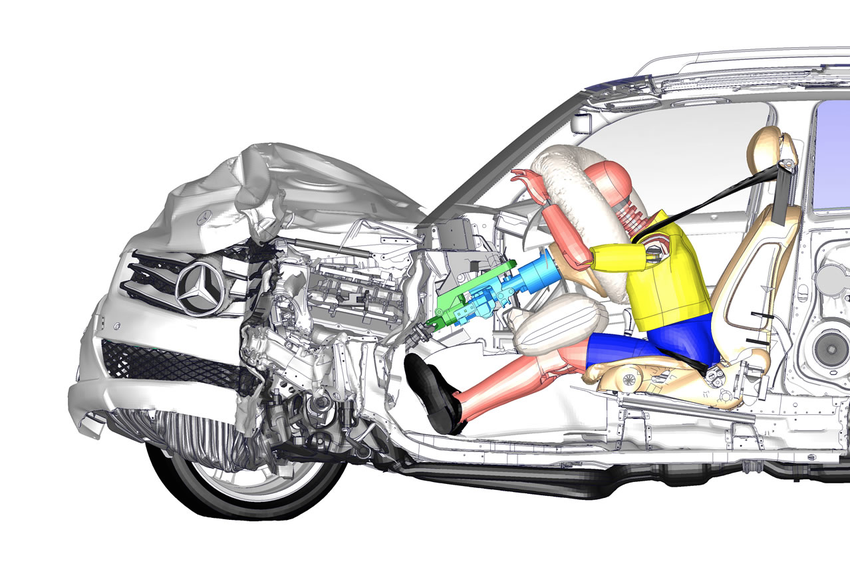
He adds that it’s not all up to the vehicle manufacturer. The driver and passenger also have a role to play, by ensuring they are wearing seatbelts. “If not, the idea of a safety cell is compromised, because no matter how carefully a car’s crumple zones are designed, it is inevitable that some force will remain unabsorbed. However, when you wear your seatbelt, you make sure that this is mitigated as far as possible.”
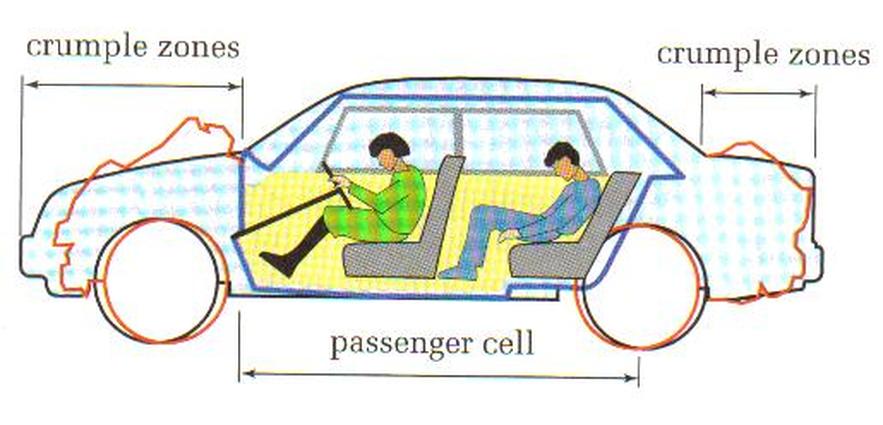
This raises another question.
If crumple zones ensure that most of the force of impact is absorbed or at least directed away from those inside the car, why not make the whole car a crumple zone? The answer to this, Green says, is because the ceilings, floors, and doors folding on the passengers would spell certain disaster.
“The crumple zones are usually located at the front and back of the car, while the passenger cabin is far more rigid. Where crumple zones handle external force, airbags ensure the driver and passenger do not make contact, upon impact, with the rigid dashboard or steering wheel inside the car,” he says.

Crumple Zone & Safety Cage
The capsule in which inhabitants sit – the safety cage – is also reinforced with pillars running the length of the car (from floor to ceiling), side-impact bars, the roof, and the floor itself.
These features ensure that the safety cage maintains its shape in the event of a collision.

Crumple zones have been a key part of car design since as far back as 1932 and were first introduced by Bela Barenyi, an engineer for Mercedes- Benz. Although cars have obviously changed and evolved dramatically since then, Barenyi’s concept of a vehicle sectioned into a rigid central zone surrounded by the front and back crumple zones remains unchanged.
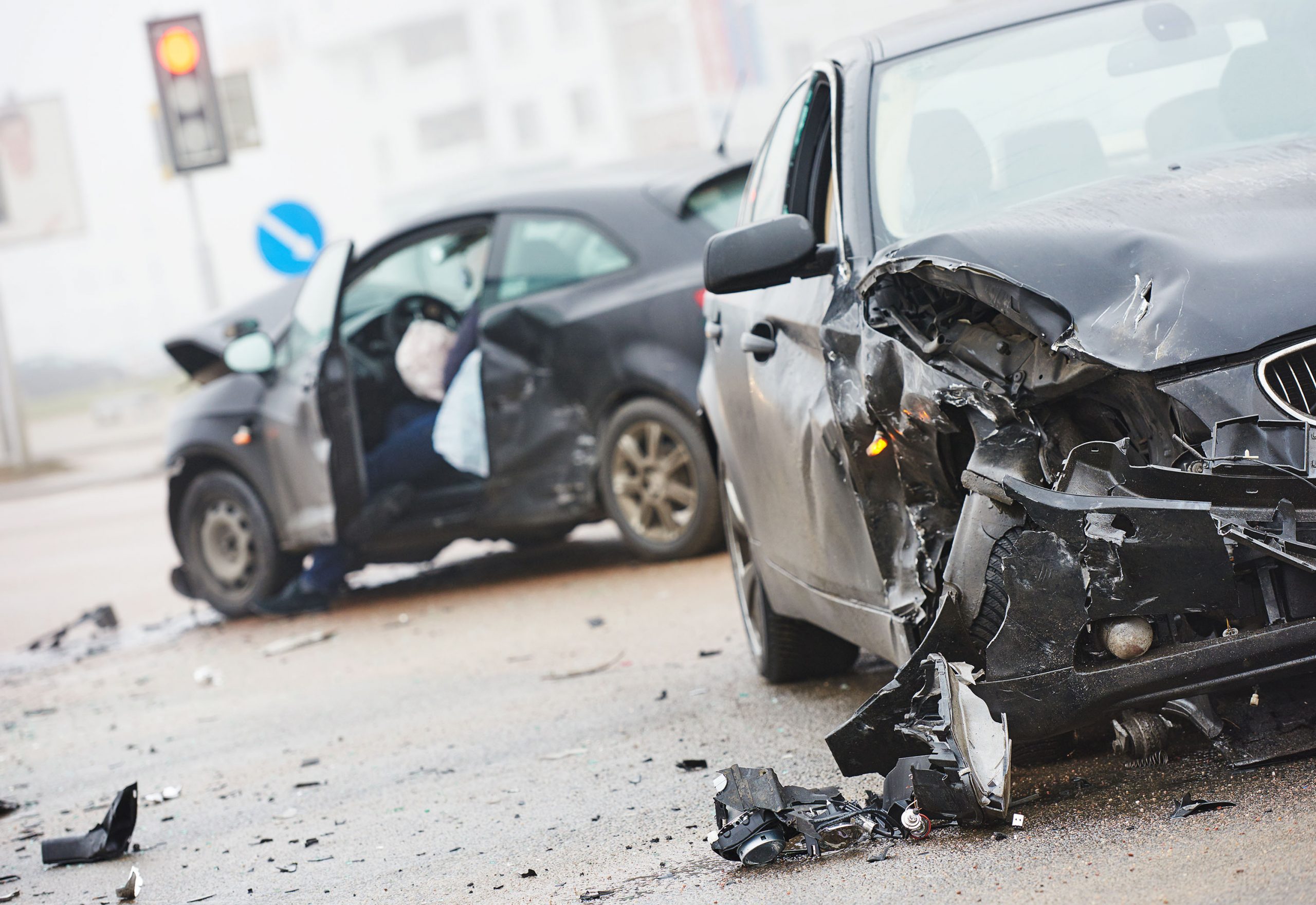
Numerous tests have shown that a crumple zone can stop a car upon collision in 0.2 seconds as opposed to 0.1 seconds if the car, theoretically, did not have crumple zones. In this scenario, the crumple zone therefore literally cuts the force of the crash in half. This means that you have very little to worry about if your car is severely damaged in a crash.
The idea of such an expensive item folding in on itself in this manner can be quite disconcerting, but for your safety, this is precisely what your car should do if you are to remain as safe as possible.” Green concludes.
Source: Press release prepared on behalf of SAMBRA by Cathy Findley PR




